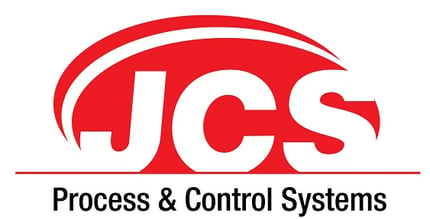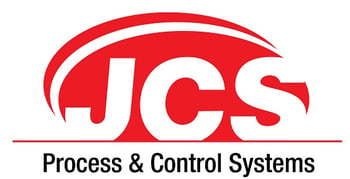.png?width=1200&name=Social%20Media%20Posts%20(60).png)
Everybody is interested in data management, reporting, and integrating all of this data with their ERP systems.
Most customers have batching and blending systems as well as other systems from different eras utilizing a heterogeneous mix of PLC’s, HMI software, and even databases to store information. Reporting is varied or nonexistent and often data is handwritten on the production floor and manually entered into an ERP system.
The lack of inventory consolidation between the production floor and the ERP system results in manual corrections and questions from the accounting team – all of which consume valuable time and increases cost.
The holy grail is a holistic solution that seamlessly communicates with an ERP system, automatically tracks the consumption of ingredients and the production of a finished product, stores all the data in a single location, and provides reporting that meets multiple user’s needs. This approach eliminates the necessity for manual data entry and ensures the accuracy of the collected data.
There is not one solution for everybody. With a lot of due diligence, you can set up a framework that is helpful for a smooth integration and meets everyone’s needs.
There are many aspects to data management:
- Batching, blending & production of the finished product
- CIP
- For aseptic plants, SIP and barrier status tracking
- Tracking equipment utilization for maintenance, troubleshooting, and process optimization
To name but a few.
On this blog we will focus on the planning of data management for batching, blending, and production.
To start the process consider the following questions:
- What data do you need to gather?
- How are you going to gather that data?
- How do you need to report on the data?
- Who needs to see what data?
- What data needs to be transferred to your ERP system?
- Expandability
- How to secure and safeguard your data
Expect this to be an iterative process as, during discussions or brainstorming, someone will realize that additional data is required.
The formation of an interdisciplinary team to carry out this process is key to its success to ensure the requirements of each user are addressed.
- What data do you need to gather?
- Ingredients
- Liquid or powdered ingredients received into bulk tanks
- Liquid ingredients received in totes or drums
- Powdered ingredients received in super sacks or smaller containers
- The lot codes associated with all of the above
- Other specific ingredient information could include the Brix content, Butter Fat content, etc.
- Recipe information for batch/blend.
-
- For each recipe run, which ingredients were used and the associated information of that ingredient
- The time and date of the production run
- The equipment used i.e. Batch 1, Blend 2, etc.
- Any associated operator notes for the production run
- Any associated alarm conditions that are important to track with a production run.
- Any required QC additions
- Final QC pass criteria could include the Brix content, Butter Fat content, etc.
-
- Ingredients
- How are you going to gather that data?
- Ingredients
- Manual operator inputs through a keyboard
- Bar code scanners.
- Selection from drop-down menus as data has already been populated from the ERP system
- Recipe / blend information.
- Automatically through the batching / blending software
- Manual operator inputs through a keyboard
- Bar code scanners.
- Selection from drop-down menus as data has already been populated from the ERP system
- Error tracking
- Ingredients
-
-
- How do you prevent the wrong information from being entered into the systems?
What will the check and balances look like?
- How do you prevent the wrong information from being entered into the systems?
3. How do you need to report on that data?- Paper copies
- PDF reports
- Excel spreadsheets
4. Who needs to see what data?- Reports for Production Managers
- Reports for Supervisors
- Reports for Quality
- Reports for Accounting
- Ingredient information
- Lot code information
- Recipe information
- Finished product information
- What is the information transfer trigger?
- Ingredient usage completion
- Batch / blend completion
- Periodically for example every 24 hours
-
- Expandability
- Will the solution accommodate future expansion?
- New recipes
- New ingredients
- New raw storage
- New batching systems
- Will the solution accommodate future expansion?
- How to secure and safeguard your data
- How will you verify that all your data has been recorded?
- Does the data need to be stored on redundant databases?
- How do you verify the data won’t be corrupted either deliberately or accidentally?
- How do you set up the appropriate levels of backups of the data?
- How to set retention policies so data can be removed appropriately.
The process can seem overwhelming, but taking a structured approach as above, assigning the tasks to team members, and holding them accountable can create the requirements document that is needed to start a successful implementation. At JCS, we can help you integrate your data from different sources to obtain a unified view of information from different systems in real time, whether the data originates in the ERP or other systems. Contact us today to learn more!

